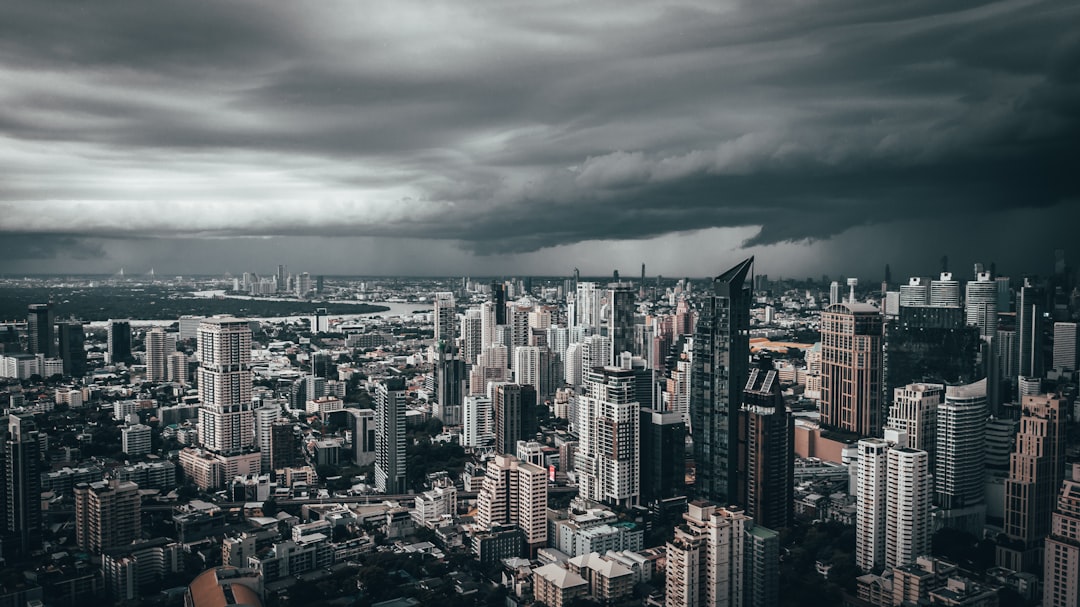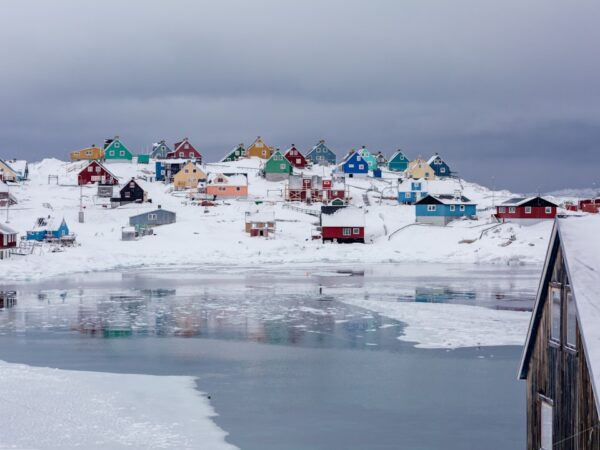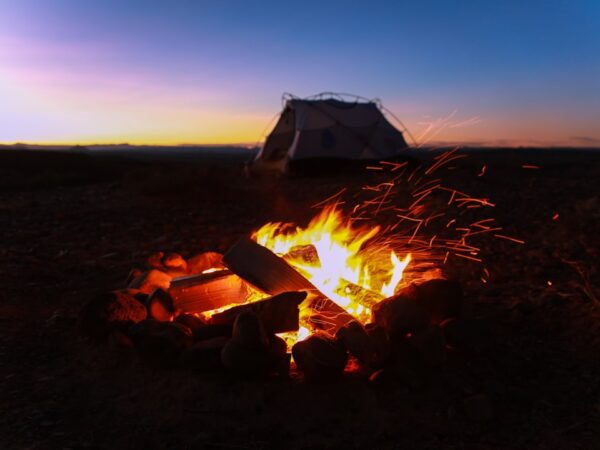
Uncovering Andean Caves: A Journey into the Unknown
Andean caves are a fascinating and mysterious world waiting to be explored. Nestled within the majestic Andes Mountains, these caves hold a significant cultural and natural heritage. From ancient times to the present day, these caves have captivated explorers, scientists, and adventurers alike. In this blog post, we will delve into the history of Andean cave exploration, the geology and ecology of these caves, the mysteries of Andean cave art, the challenges faced by explorers, the importance of preserving these treasures, the future of cave exploration, personal experiences from adventurers and scientists, and the cultural significance of Andean caves.
Key Takeaways
- Andean caves are a mysterious world waiting to be explored.
- The history of Andean cave exploration dates back to ancient times and continues to modern day.
- Understanding the geology of Andean caves is crucial to understanding their formation.
- Andean caves are home to unique species that have adapted to their dark and isolated environment.
- Deciphering the symbols and meanings of Andean cave art is a fascinating mystery.
The History of Andean Cave Exploration: From Ancient Times to Modern Day
The history of Andean cave exploration dates back thousands of years. Indigenous peoples have long been aware of the existence of these caves and their significance. However, it was not until the arrival of European explorers that systematic exploration began. One key figure in the history of Andean cave exploration is Julio C. Tello, a Peruvian archaeologist who conducted extensive research on the ancient cultures of Peru. Tello’s work shed light on the importance of Andean caves as sacred spaces for indigenous peoples.
In modern times, there has been a resurgence of interest in Andean cave exploration. Scientists and adventurers are drawn to these caves to uncover their secrets and learn more about the history and culture of the region. Expeditions are now equipped with advanced technology and techniques that allow for more accurate mapping and documentation of these caves.
The Geology of Andean Caves: Understanding the Formation of These Natural Wonders
Andean caves are formed through a combination of geological processes over millions of years. The most common type of Andean cave is a solution cave, which is formed when water dissolves soluble rock such as limestone or gypsum. As water seeps into the ground, it reacts with the rock, creating underground passages and chambers.
There are also lava tube caves in the Andes, which are formed when lava flows and solidifies, leaving behind a hollow tube. These caves can be found in volcanic regions of the Andes and are often characterized by unique geological formations.
Some notable Andean caves include the Cueva de los Tayos in Ecuador, which is known for its extensive network of passages and chambers, and the Cueva de las Manos in Argentina, which is famous for its ancient cave art.
The Ecology of Andean Caves: Discovering the Unique Species that Call These Caves Home
| Species Name | Location | Population | Threat Level |
|---|---|---|---|
| Andean Cave Spider | Andean Caves | Unknown | Endangered |
| Andean Cave Rat | Andean Caves | Unknown | Vulnerable |
| Andean Cave Salamander | Andean Caves | Less than 1,000 | Critically Endangered |
| Andean Cave Frog | Andean Caves | Unknown | Endangered |
| Andean Cave Bat | Andean Caves | Unknown | Vulnerable |
Andean caves are home to a diverse range of unique species that have adapted to the dark and often harsh conditions of cave life. These species include bats, spiders, insects, and blind fish. Bats are particularly important in cave ecosystems as they play a crucial role in pollination and seed dispersal.
The unique conditions of Andean caves, such as constant temperature and humidity, have led to the evolution of specialized cave-adapted species. These species often have reduced or absent eyesight and rely on other senses to navigate their environment. Some notable Andean cave species include the blind fish of the genus Astroblepus, which are found in high-altitude caves in Peru and Bolivia.
The Mysteries of Andean Cave Art: Deciphering the Symbols and Meanings
Andean cave art is a fascinating window into the ancient cultures that once inhabited these caves. The art often consists of intricate designs and symbols that hold deep cultural and spiritual significance. Some common symbols found in Andean cave art include animals, geometric patterns, and human figures.
Deciphering the meanings behind these symbols can be challenging as they vary across different cultures and time periods. However, researchers have made significant progress in understanding the symbolism of Andean cave art. For example, the Cueva de las Manos in Argentina is known for its handprints, which are believed to represent a form of communication or ritualistic practice.
The Challenges of Andean Cave Exploration: Overcoming Obstacles and Dangers
Exploring Andean caves is not without its challenges. The rugged terrain and remote locations of these caves make them difficult to access. Explorers often have to navigate treacherous mountain paths and endure extreme weather conditions.
There are also inherent dangers associated with cave exploration, such as the risk of cave-ins, flooding, and encounters with wildlife. It requires careful planning, specialized equipment, and a high level of skill to safely explore these caves.
Despite the challenges, many explorers are drawn to the thrill and excitement of uncovering new discoveries in these hidden underground worlds. Notable expeditions include the 1976 expedition to the Cueva de los Tayos led by Hungarian explorer János Juan Moricz, which sparked controversy and speculation about hidden treasures and ancient civilizations.
The Importance of Andean Caves: Preserving These Natural and Cultural Treasures
Andean caves hold immense cultural and natural value. They provide a glimpse into the ancient traditions and beliefs of indigenous peoples, as well as valuable insights into the geological history of the region. It is crucial to preserve these caves for future generations to study and appreciate.
Efforts to preserve Andean caves include the establishment of protected areas and the implementation of conservation measures. Organizations such as the Andean Cave Conservation Society work to raise awareness about the importance of these caves and advocate for their protection.
The Future of Andean Cave Exploration: New Technologies and Techniques
Advancements in technology have revolutionized the field of Andean cave exploration. Remote sensing techniques such as LiDAR (Light Detection and Ranging) allow for more accurate mapping of cave systems, while 3D modeling techniques provide detailed visualizations of cave interiors.
Robotic exploration is also being used to access hard-to-reach areas of caves and collect data. These advancements are enabling scientists and explorers to uncover new discoveries and gain a deeper understanding of these underground worlds.
The Personal Experience of Exploring Andean Caves: Reflections from Adventurers and Scientists
The experience of exploring Andean caves is often described as awe-inspiring and transformative. Adventurers and scientists alike are drawn to the sense of mystery and wonder that these caves evoke. The darkness, silence, and otherworldly beauty of these underground realms create a unique and unforgettable experience.
Notable explorers such as Bill Stone, a renowned cave explorer and engineer, have shared their personal accounts of exploring Andean caves. Stone describes the sense of adventure and discovery that comes with exploring these hidden worlds, as well as the challenges and dangers that must be overcome.
The Cultural Significance of Andean Caves: Connecting with Ancient Traditions and Beliefs
Andean caves hold deep cultural significance for indigenous peoples. They are often considered sacred spaces and are associated with ancient traditions and beliefs. Many indigenous communities continue to visit these caves for spiritual practices and rituals.
For example, the Q’eros people of Peru consider caves to be portals to the spirit world and believe that they are inhabited by powerful spirits. They perform ceremonies in these caves to connect with their ancestors and seek guidance.
Conclusion: Recap of the importance and significance of Andean caves, and a call to action to preserve and explore these natural and cultural treasures.
Andean caves are not only natural wonders but also cultural treasures that hold immense value. They provide insights into the history, geology, ecology, and culture of the region. It is crucial that we preserve these caves for future generations to study and appreciate.
By supporting conservation efforts, promoting responsible exploration, and raising awareness about the importance of Andean caves, we can ensure that these treasures are protected and celebrated. Let us embrace the mystery and wonder of Andean caves and continue to explore and learn from these hidden underground worlds.
FAQs
What are the Andes?
The Andes is a mountain range in South America that stretches over 7,000 km from Venezuela to Argentina.
What are hidden caves?
Hidden caves are caves that are not easily accessible or visible to the general public. They may require special equipment or knowledge to access.
Where are the hidden caves in the Andes located?
The hidden caves in the Andes are located throughout the mountain range, in countries such as Peru, Bolivia, and Chile.
What kind of equipment is needed to explore hidden caves in the Andes?
Exploring hidden caves in the Andes may require equipment such as helmets, headlamps, ropes, and climbing gear.
Is it safe to explore hidden caves in the Andes?
Exploring hidden caves in the Andes can be dangerous and should only be attempted by experienced cavers with proper equipment and training.
What kind of formations can be found in hidden caves in the Andes?
Hidden caves in the Andes may contain unique geological formations such as stalactites, stalagmites, and underground rivers.
What is the best time of year to explore hidden caves in the Andes?
The best time of year to explore hidden caves in the Andes varies depending on the location and weather conditions. It is important to research and plan accordingly.


















